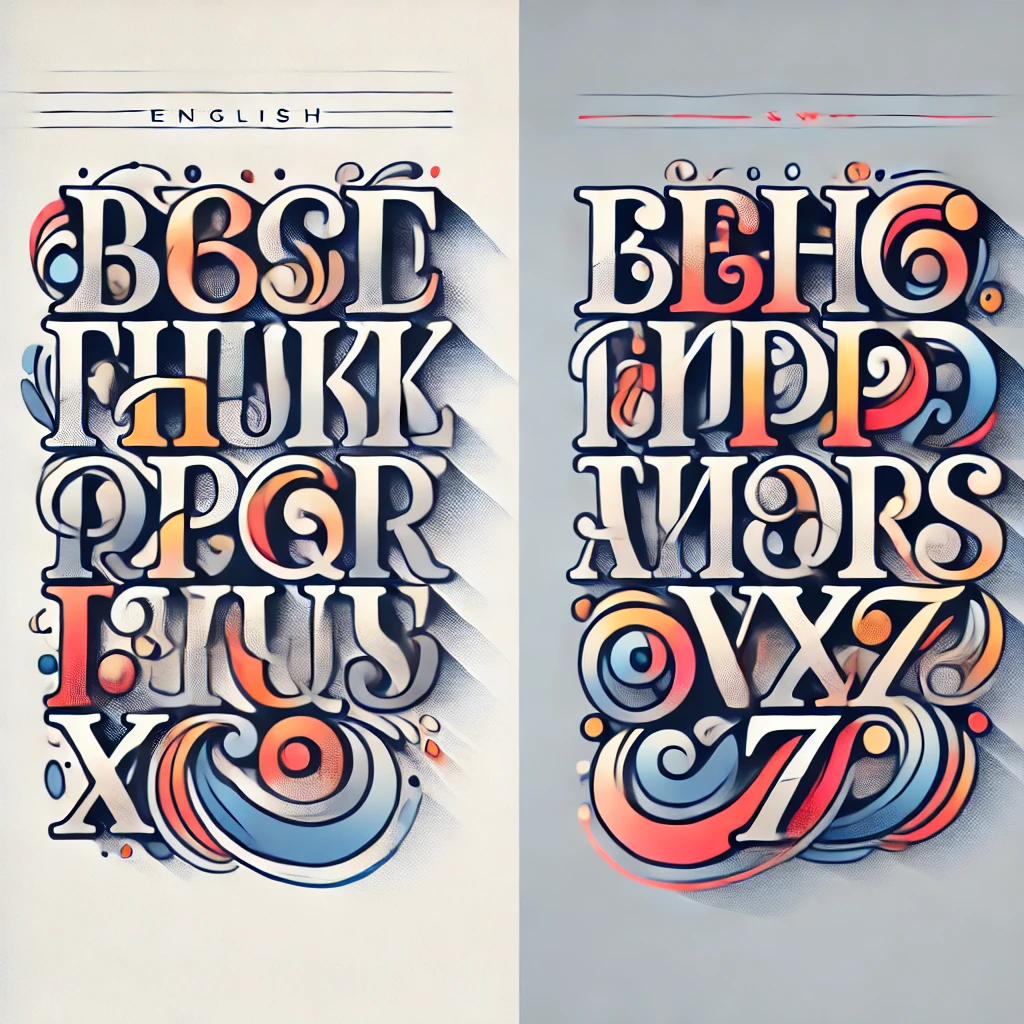Table Of Contents
- 1 Introduction
- 2 Understanding Alphabets
- 3 The Origins of the English Alphabet
- 4 The Origins of the Russian Alphabet
- 5 Comparing the Two Alphabets
- 6 The Role of Alphabets in Linguistics
- 7 Misconceptions About Alphabet Usage
- 8 How Alphabets Shape Cultural Identity
- 9 Real-World Examples of Alphabet Use
- 10 Conclusion
- 11 FAQs
Introduction
Have you ever wondered if English and Russian share the same alphabet? At first glance, some letters in both languages might appear similar, leading to the common misconception that they use the same script. However, a closer look reveals a different story. Let’s dive in to uncover the truth about this linguistic claim.
Understanding Alphabets
What Is an Alphabet?
An alphabet is a set of written symbols representing the basic sounds of a language. These symbols, or letters, form the foundation for constructing words and sentences. Each language adapts its alphabet to fit its unique phonetic needs.
Alphabets of English and Russian
The English alphabet comprises 26 letters derived from the Latin script. In comparison, the Russian alphabet consists of 33 letters, originating from the Cyrillic script. Though they may share some visual similarities, their structures and functions differ significantly.
The Origins of the English Alphabet
Historical Roots in Latin
The English alphabet traces its roots back to the Latin script, adopted during the Roman Empire. Over time, modifications were made to suit the English language’s phonetics, resulting in the 26 letters we know today.
The Letters and Their Sounds
English letters have a wide range of pronunciations, with some having multiple sounds depending on their context. For example, the letter “C” can be pronounced as /k/ in “cat” or /s/ in “city.”
The Origins of the Russian Alphabet
Cyrillic Script: A Creation of St. Cyril and St. Methodius
The Cyrillic script was developed in the 9th century by Byzantine missionaries St. Cyril and St. Methodius to help Slavic peoples read religious texts.
Key Features of the Russian Alphabet
The Russian alphabet includes unique letters like “Ж” (Zh), “Щ” (Shch), and “Ы” (Y). These represent sounds not found in English, showcasing the Cyrillic script’s tailored design for Slavic languages.
Comparing the Two Alphabets
Similarities Between English and Russian Alphabets
Certain letters, such as “A,” “E,” “M,” and “T,” look identical in both alphabets. This visual overlap can be misleading but does not indicate shared functionality or pronunciation.
Differences in Letter Count and Sounds
The Russian alphabet’s 33 letters include unique symbols that do not exist in English. Moreover, even shared letters often represent different sounds, such as “P” in Russian, corresponding to “R” in English.
The Role of Alphabets in Linguistics
Orthographic Systems and Phonology
Alphabets serve as a bridge between spoken and written language, reflecting each language’s unique sound system.
Borrowed Words and Their Adaptation
Loanwords between English and Russian transform to fit their respective phonetic and orthographic rules, further highlighting the differences in their alphabets.
Misconceptions About Alphabet Usage
Overlap in Characters
Visual similarities between certain letters fuel the misconception that English and Russian share the same alphabet.
The Truth Behind the Claim
Despite these overlaps, English and Russian use distinct Latin and Cyrillic scripts designed for their specific linguistic needs.
How Alphabets Shape Cultural Identity
Language as a Cultural Marker
Alphabets are more than just tools for communication; they are symbols of cultural heritage and identity.
Alphabet Reform Movements
English and Russian have undergone alphabet reforms to adapt to linguistic and cultural changes, emphasizing their unique histories.
Real-World Examples of Alphabet Use
Everyday Usage in English
From Shakespearean plays to modern social media, the English alphabet has been a versatile tool for expression.
Everyday Usage in Russian
The Russian alphabet plays a vital role in preserving Slavic literature and culture, with works by Tolstoy and Dostoevsky being prime examples.
Conclusion
So, do English and Russian use the same alphabet? The answer is a clear false. While they share some visual similarities, their origins, structures, and functions differ entirely. Understanding these distinctions enhances our appreciation of linguistic diversity.
FAQs
Why do some Russian letters look like English letters?
This is due to shared historical influences, but their pronunciations often differ.
How many letters are in the Russian alphabet compared to English?
The Russian alphabet has 33 letters, while English has 26.
Can a person fluent in English quickly learn Russian?
Learning Russian requires effort due to its unique grammar and alphabet, but it’s manageable with practice.
What are the main differences between Latin and Cyrillic scripts?
Languages like English and Spanish use the Latin script, while Cyrillic is designed for Slavic languages like Russian and Bulgarian.
Are there any languages that use a mix of English and Russian alphabets?
No single language mixes both alphabets, but bilingual texts sometimes incorporate elements of both for clarity.



